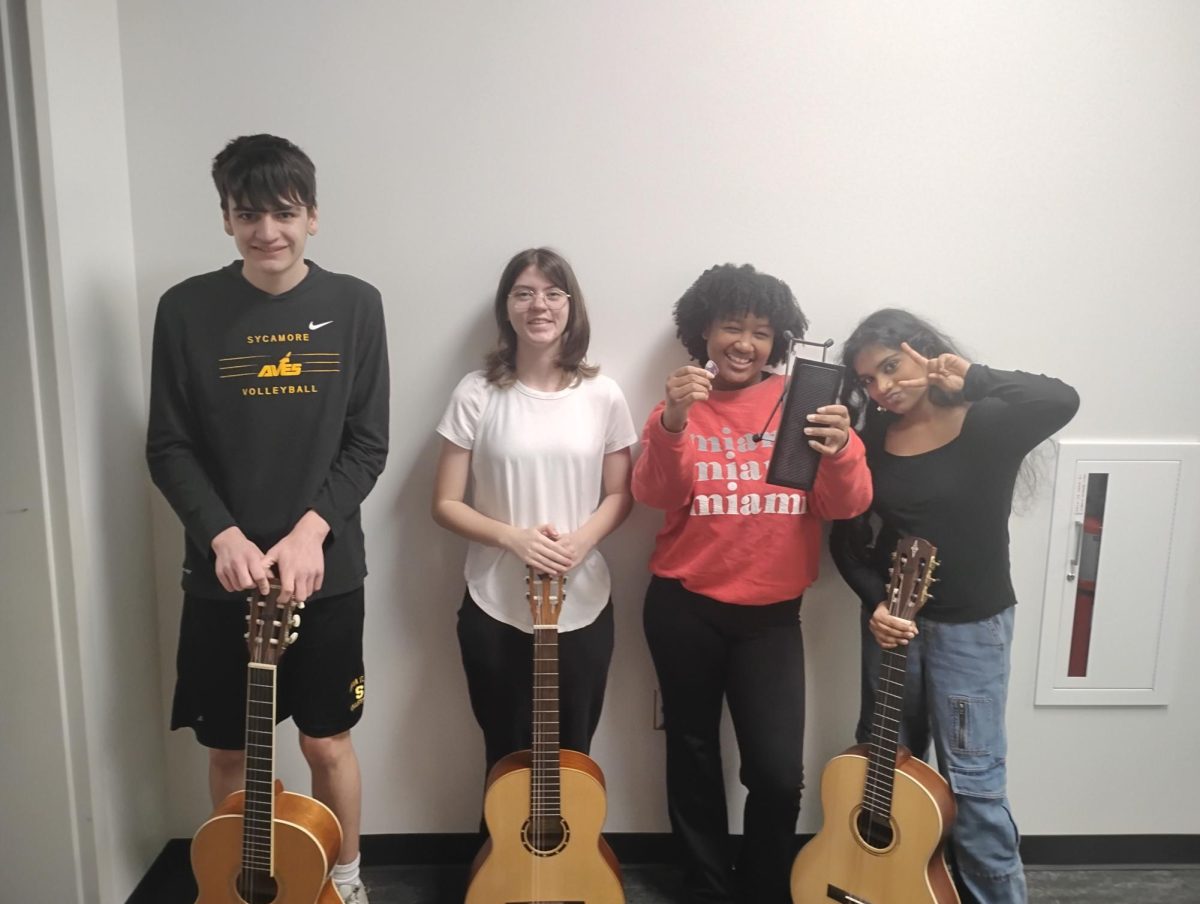Four years ago, life as we knew it was flipped upside down overnight. The COVID-19 pandemic drastically affected the way people communicate, learn, work, and just live. One of the more prevalent shifts in society during this time was the shift to online life; everything went virtual in the blink of an eye. Students were stuck behind a screen all day, employees were limited to Zoom and phone calls, and family members were restricted to virtual hugs and kisses.
Four years later, life has still not fully gone back to the way it used to be, especially with the increased reliance on online resources. Workplaces, schools, and life in general have transformed.
WORKPLACE
Once the pandemic hit, many adults started working from home and storing everything on computers. Formal office meetings became Zoom meetings, with business on top and pajama pants on the bottom. Companies like Twitter and Facebook announced they would allow employees to work from home permanently, even after the pandemic subsided. A survey by McKinsey in April of 2021 found that 58% of executives expect remote work to continue post-pandemic at least part-time. The normalization of remote work has also led to unique opportunities as companies can now hire talent from anywhere in the world with fewer constraints on physical location.
SCHOOL
When the COVID-19 pandemic hit, schools and universities had to change quickly to keep education going. Since in-person classes were not possible during lockdowns, most switched to online learning. Platforms like Google Classroom and Zoom became the main way for students and teachers to stay connected and continue classes.
It was not easy at first, but it allowed education to keep moving forward. Now, it looks like online education is here to stay. Today many schools are using a hybrid model, which mixes both in-person classes and online lessons. This way, students can have more flexibility with some learning done in a classroom and some done online. The ed-tech industry has grown really fast because of this. Platforms where people can take online courses saw enrollments increase by over 500% in some areas during the pandemic. Even Ivy League universities like Harvard and MIT added more online courses so students from all over the world could access education. Here at SHS, we use platforms like Google, Canvas, and Blackboard to store documents, lesson plans, grades, and more. Tests and homework can all be done online with the click of a few buttons or the tap of a few keys.
SOCIAL
One of the biggest changes concerns our social life. Cooped up at home for months on end, no one had a way of contacting others unless it was virtually. With limited face-to-face interactions, communication was completely online and sources of fun would have to come from social media apps and websites. Being chronically online is not exactly an admirable trait, but that is what it came to, and frankly, how it stayed. Through Facetime, text, Snapchat, and personal profiles, people were able to stay connected during the pandemic. These are more frequently used now and life does not yet seem like it will return to the ways of physical communication.







